We want to be frugal, natural, and healthy! Well, here are a few steps we had to make along this homemade, diy journey. Homemade Sunscreen is a big one! I made these 4 Homemade Sunscreen Recipes with natural, organic ingredients to be healthier as we move forward in our effort to get rid of toxins in the home.
And these recipes are easy!
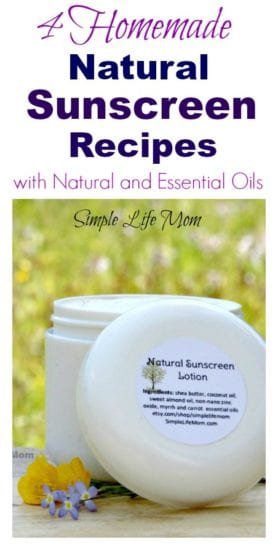
Know Your Ingredients
Ingredients to Avoid
If you’re reading this, you are probably already aware of how bad ingredients are in most sunscreens. But the long list can be daunting. Here are a few to look out for:
Oxybenzone, an ultraviolet light absorber and key ingredient in many sunscreen. This is what is responsible for many phototoxic and photoallergic reactions (breaking out in a rash or having your skin burned by the chemical within hours or days of using). It is highly absorbed by the skin and, according to research by the Centers for Disease Control and Prevention, is reported to be a contaminate within the bodies of 97% of Americans. It is also believed to be a human endocrine disruptor (European Commission on Endocrine Disruption) and can interfere with cellular signaling, cause mutations, lead to cell death. and may be implicated in cardiovascular disease (K.M. Hanson). (1)
While Octinoxate is almost as bad as oxybenzone, it’s main concern is with estrogen mimicking, causing hormones to be disrupted and wrecking havoc on your system. It has also been found in breast milk.
Propylparaben, a preservative also known to disrupt the endocrine system. Simply put, for men or women, this basically blocks receptors so that hormones do not get to where they need to go. It mimics estrogen, throwing your body for a loop. (3)
Retinyl Acetate (Vitamin A Acetate) – High levels of Vitamin A put all over the body can lead to reproductive toxicity. It can also interfere with cellular signaling, cause mutations, lead to cell death. and may be implicated in cardiovascular disease (K.M. Hanson). The National Toxicology Program also reports that it causes tumors in animals at low doses (2)
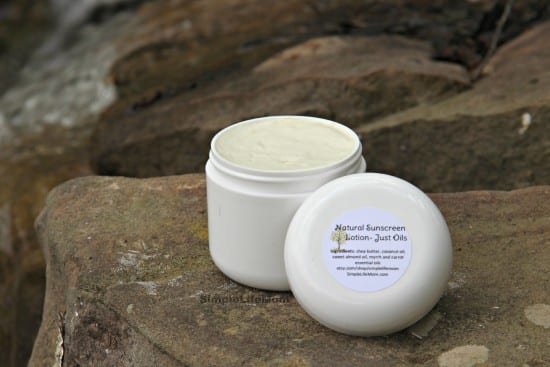
Better
Zinc Oxide and Titanium Dioxide are similar in benefits. They both protect against UV-B and UV-A radiation.
Dangers – Nano-particles (tinier titanium dioxide or zinc oxide) are supposed to better help protect from the sun. Yet, some studies have now shown that the nano-particles do cross into the blood stream (4).
The study was on nano-titatnium, but we can assume the same possibility with zinc. It is also very dangerous to inhale either metal. Some studies show that cellular damage which can lead to cancer can occur if it is inhaled (Sayes CM, Wahi R).
So you can’t inhale it, and you don’t want nano-zinc, but can you use something else?
There is Non-Nano Zinc Oxide that you can buy. Here’s a product that we have used: Non-Nano Zinc Oxide.
Use – Zinc Oxide must be used only on very healthy skin. When used on skin that is damaged, sunburned, cut or scratched, or otherwise healing skin there is a much greater potential for absorption, which would cause cellular damage.
I look at it like this. My family and I are fair enough that the damage from the sun is greater than the danger from these products on a normal day. We believe in getting sun, but not burned (there’s enough skin cancer in my family that I have no problem monitoring exposure).
But!!! There are so many other options!!! Read Below!
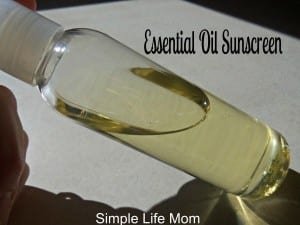
Spray, Powder, or Liquid?
Just say No! Sprays and Powders are a big no no! I can’t get over the ignorance or selfishness of people who sit right beside my family and start spraying. First, four of us will develop extremely itchy hives within minutes or hours (we literally have to get up and run).
Secondly, inhaling those products is cancerous! Avoid at all costs!!
Choose creams unless using an all natural homemade blend.
Natural Oils with SPF
There are natural oils with SPF ranges! These combined can go a long way in protecting your skin. I put on shea butter daily. It is not enough to protect me from getting burned. But I am finding that a combination of the following makes a huge difference.
I’ve included links to high quality ingredients.
Shea Butter – approx. SPF 5-6
Coconut Oil – approx. SPF 6-10
Avocado Oil – approx. SPF 4-8
Carrot Seed Essential Oil – approx. SPF 28-40 (contains antioxidants to protect skin cells) Must be diluted or it will burn your skin!
Myrrh Essential Oil – approx. SPF 15 (ultra healing oil to help take care of your skin)
NOTE: Avoid Citrus oils (orange, lime, and lemon) as they are usually pressed oils and will increase your skin’s sensitivity to the sun. Everyone’s skin is different. So please use caution when using essential oils and sun exposure until you know how your skin will respond and how often you need to reapply sunscreen.
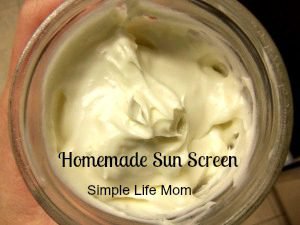
4 Homemade Sunscreen Recipes
Whipped Shea Butter Sunscreen
This is my go to recipe. I’ve been using it for years and it’s very similar to the one I make for my shop.
As a guess (because that’s what it is), with the zinc oxide, this will be an SPF of about 40+ (estimate as government hasn’t had their hands on it in a lab to verify). I am guessing this because of the ingredients calculated together, plus we have fair skin and I’m comparing to use with spf tested products. Without the zinc oxide it may be somewhere around 15-20spf
This makes 8 ounces or 1 cup.
Ingredients:
- 1/2 cup shea butter
- 1/3 cup coconut oil, melted
- 15 drops carrot seed essential oil
- 10 drops myrrh essential oil
- 2 tablespoons non-nano zinc oxide (optional) You can add more myrrh instead (up to 40 drops)
Directions:
- Whip raw shea butter until creamy.
- Slowly add melted coconut oil while whipping.
- Add essential oils (and zinc oxide if adding – do not inhale!) and whip until fluffy.
- To use, apply often and apply after getting in water.
Note: Measure ingredients carefully. A little variance makes a big difference in the end fluffiness.
Sunscreen Oil
If you’d rather use an oil, you can make one using coconut oil and essential oils. This does not a high spf. Instead, you are protecting your skin and helping it heal faster if it is damaged from the sun, so use accordingly.
This makes 4 ounces or 1/2 cup.
Ingredients:
- 1/2 cup fractionated coconut oil (doesn’t harden below 76 degrees F)
- 10 drops myrrh essential oil (add up to 40 drops for higher SPF)
- 5 drops carrot seed essential oil
Directions:
Combine all ingredients and keep in an amber bottle or jar (to help preserve oils). Apply over all exposed skin. Re-apply often.
Bees Wax Sunscreen (more water proof)
I keep this lotion in the fridge until I’m ready to use. It makes 1 cup or 8 ounces. You can whip it again after it is completely cooled to create a more whipped consistency.
Ingredients:
- 1/4 cup avocado oil
- 1/4 cup coconut oil
- 1/4 cup beeswax
- 1/4 cup shea butter
- 10 drops myrrh essential oil
- 15 drops carrot seed essential oil
- 2 Tbsp zinc oxide (optional) You can add more myrrh instead (up to 40 drops)
Directions:
- Add avocado oil, coconut oil, and beeswax to a double boiler.
- Stir over medium to low heat until all ingredients are melted.
- Remove from heat and add shea butter and essential oils. Stir until shea is melted (do not add before or heat will make shea grainy).
- If you are adding zinc oxide, add now and whisk until there are no clumps.
- Transfer to storage container and use as you would your regular sunscreen.
- If you want it to be fluffy, then cool in the refrigerator and then whip.
Aloe Vera Sunscreen
This is a body spray with aloe and essential oils. Again, this is a recipe to help protect and heal, but doesn’t have a high spf. Use if you have darker skin or already have a base tan and want to give your body some extra care in the sun.
This makes 12 ounces.
Ingredients:
- 1 cup aloe vera juice
- 1/4 cup avocado oil
- 15 drops carrot seed essential oil
- 10 drops myrrh essential oil
Directions:
- Add all ingredients to a sprayer bottle.
- Shake before each use.
- Reapply often and after getting in water.
I have another recipe that I use and love that has a higher spf but comes in a spray form. Get the recipe for Organic Spay Sunscreen here.
If you don’t have the ingredients or want to give it a try before buying the ingredients, I sell three versions of sunscreen in my Etsy Shop.


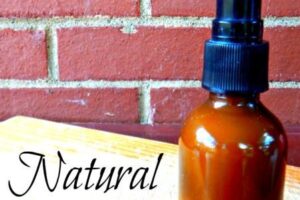
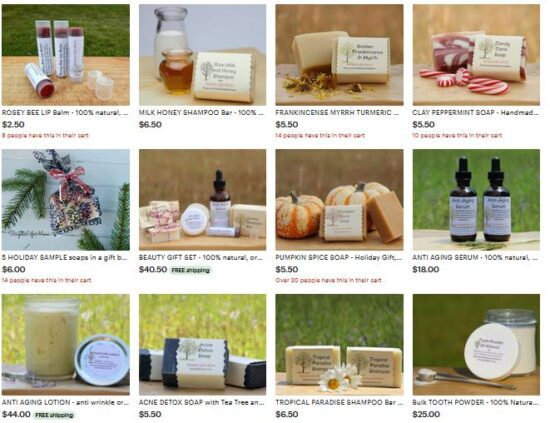
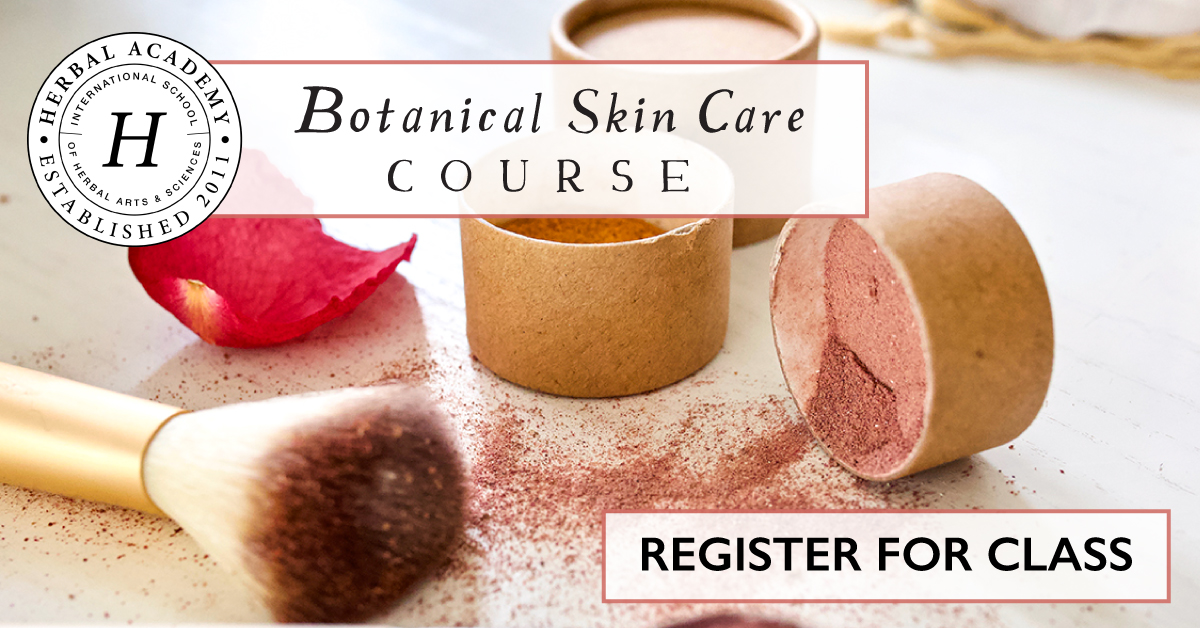
152 Comments
Leave your reply.